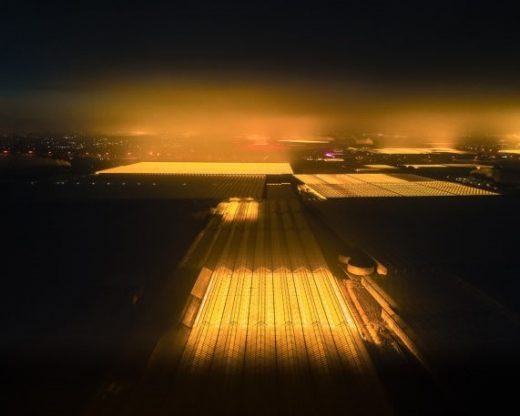These eerily beautiful glowing buildings are the Netherlands’ massive network of greenhouses
South of Amsterdam, wedged between residential streets, greenhouses sprawl over the landscape as part of a decades-long push in the Netherlands to grow as much food as possible in a densely-packed country. “They cover a huge area, and it doesn’t matter which direction you turn, there are greenhouses everywhere,” Tom Hegen, a photographer who documented the glowing greenhouses in a series of aerial photographs, said over email.
The Netherlands sees indoor agriculture as part of the future of food—as the global population swells to as many as 10 billion people by 2050, the world will need roughly double the food we grow at the same time as we face water shortages and more extreme weather from climate change—and without clearing forests to make room for more farms. Greenhouses can shrink water use 90%, avoid the use of pesticides, and “My work is based around the topic of the ‘Anthropocene,’” says Hegen, referring to the idea that we are in a new geologic age defined by how humanity has shaped the planet. “One of the main questions that will affect our future life on earth will be, how can we feed the ever-growing world population with shrinking resources?”
In the U.S., indoor agriculture has slowly gained some traction as startups like Silicon Valley-based Plenty have poured millions into ultra-efficient robot-run warehouses growing spinach and other greens. But the Netherlands has embraced the practice at a much greater scale. Westland, one region of the country, now has the highest concentration of greenhouses in the world. The Netherlands is small—roughly the size of West Virgina, and much more densely populated—but is the second-largest exporter of food by value globally, in part because of the high yield inside greenhouses.
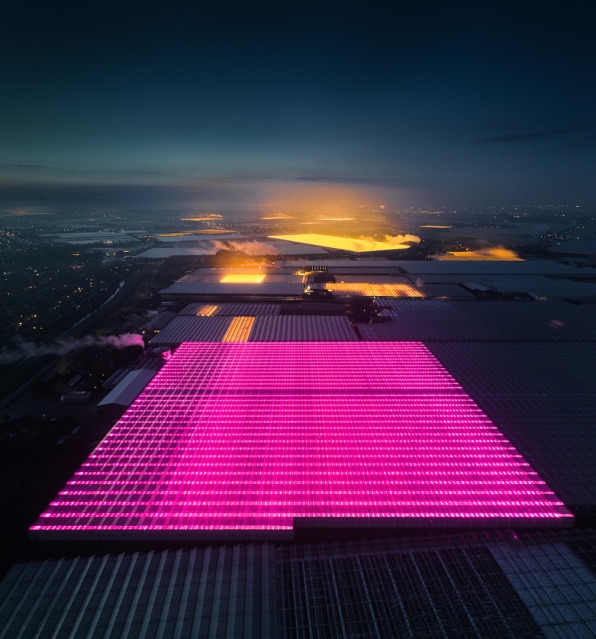
The technology isn’t environmentally benign. While some farms have adopted innovative practices, like Duijvestijn Tomatoes, a farm that uses geothermal energy to heat its greenhouses and uses waste CO2 from a nearby oil refinery to help plants grow, the vividly colored LED lights used in greenhouses consume large amounts of electricity en masse and contribute to light pollution (the light is blocked at night by walls so it isn’t visible from the street, but light still escapes from some roofs, where it can disorient migrating birds). Some scientists argue that trying to grow as much food as possible is the wrong goal, and leads to intensive use of fertilizers. As greenhouses have replaced traditional farms, habitat for birds and other wildlife is shrinking.
Hegen hopes the photos will raise questions about the impact of farming and how it should change. “In a way, we all have a connection to the places in my photographs,” Hegen says. “We are a world that is driven by consumerism and permanent growth, and there is a price to pay to keep this system going. I am doing this to show people the impact we have on our environment. Hopefully, people will understand, start thinking about our relationship with our environment, and maybe even take responsibility for it.”
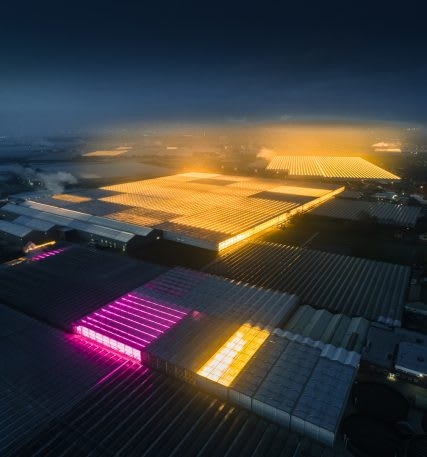
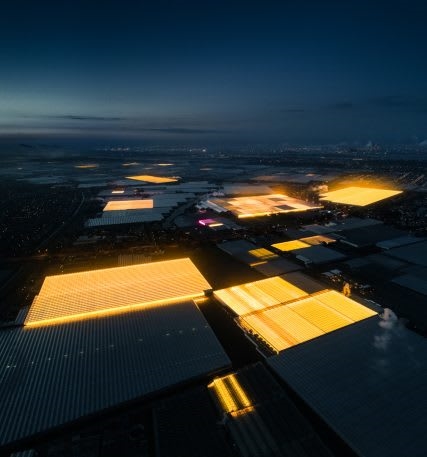
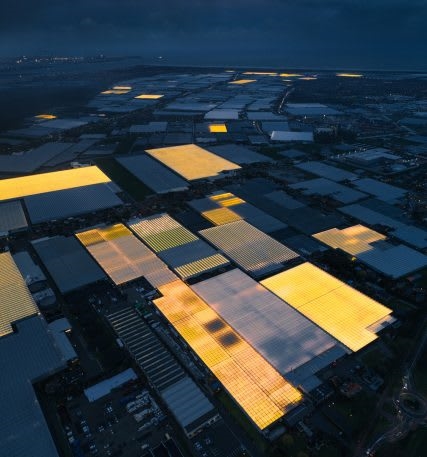
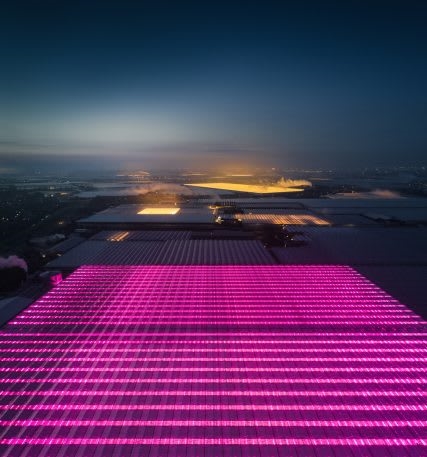
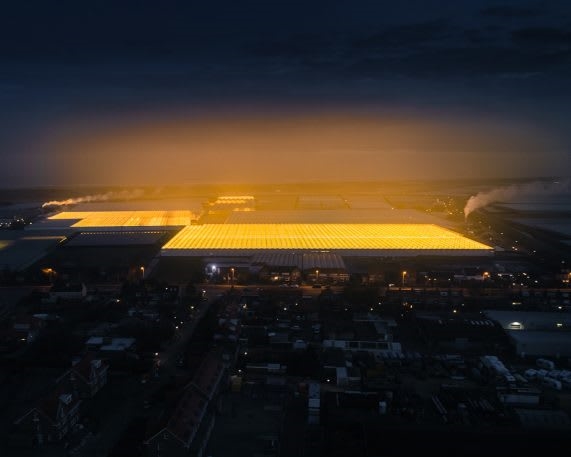
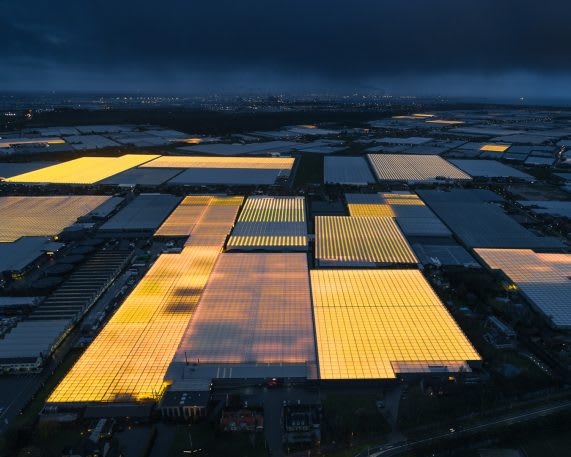
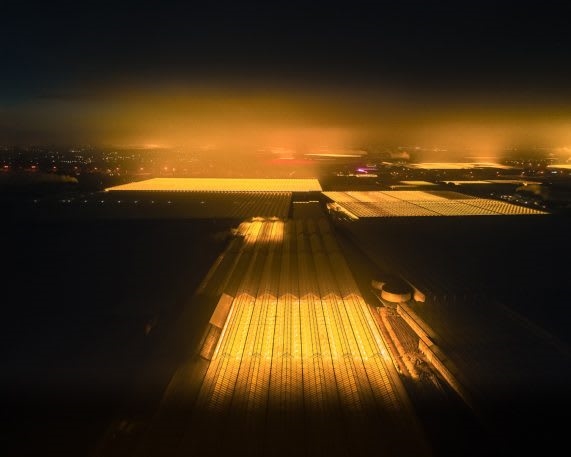
Fast Company , Read Full Story
(12)

